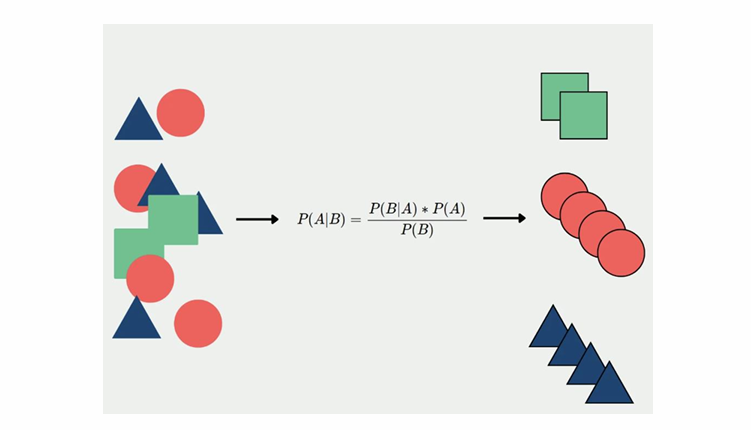Data Analysis and Visualization Assignment And Project Help | Realcode4you
- realcode4you
- Apr 7
- 2 min read
Data Visualisation
What is it and why is it important?
Data visualization is the graphical representation of data.
Essential for large data.
Visualising you data is probably the best way to understand your data, in particular trend or patterns in the data.
Allows one to make data-driven decisions.
Useful data cleaning, i.e. duplication, data entry error.
Plots are a great way to detect abnormalities in your data (outliers).

Bar Charts

Does not work well for continuous features.

Histograms
Work well for continuous features
Similar to bar charts, but the observations are group by bins
Bins are equal-sized intervals along the observation scale
Choice of bin size and/or the number of bins is important

Histograms
Effective in visualising data distribution

Boxplots
Also useful for continuous features.
Graphical illustration of the 5-number summary
Outliers are noted, but be careful not to over-react.

Excellent for comparing distributions across different groups.

-Potential pitfalls
Outliers that are not actual outliers
Distribution of observations is not necessary clear.
-Do not rely on boxplots alone.

Normal Distribution


The 68-95-99.7 rule states that for a normal distribution with mean μ and σ:
Approximately 68 % of the observations fall within 1 σ from the mean μ.
Approximately 95 % of the observations fall within 2 σ from the mean μ.
Approximately 99.7 % of the observations fall within 3 σ from the mean μ.

Assumption of Normality
The assumption of normality is important for many parametric methods.
Can be checked graphically using quantile-quantile (Q-Q) plot (requiring a straight line with a positive slope at 450 angle)
Can be formally tested (requiring a p>0.05)
-Shapiro-Wilk test (better for small-moderate datasets, n<100)
-Pearson Chi-square test (better for larger datasets)
Example
Calcium intake (mg/day) of 111 women (Calcium Intake.csv)


Data Transformation
Data transformation is often performed when the original data do not satisfy the assumption of normality
Data transformation can also stabilise the sample variance between groups.
A rough guideline:
-Logarithmic transformations: log (x) or ln(x) – scale data that are positively skewed (and all data is positive),
-Square- (√x) or fourth-root (∜x) transformation: – count data;
-Arcsine(x) – proportions.
Box-Cox transformation is another popular approach.
Example – Log-transformed Calcium Intake

Scatter plots
2-D plots using Cartesian coordinates to display the values of two continuous variables, say x and y.
Each point in a scatter plot represent the (x,y) pairing.
Great for identifying bivariate trends and patterns (if any)


Covariance and Correlation
Once a relationship is established visually, we can formally quantify it by using covariance and correlation.
Covariance is a measure of joint variability between two features.
Given two continuous features, x and y, and each with n samples, the sample covariance is given by :

Covariance
A covariance value ranges between [-∞,∞]
A positive covariance value implies a positive relationship
A negative covariance value implies a negative relationship
A covariance value near zero implies a neutral relationship
The magnitude of a covariance value is difficult to interpret as it depends on the scale and unit of the features.
Iris Setosa data
Sepal length vs Sepal width
In R, we use the cov(.) command
The result is a covariance matrix
Covariance is given as the off-diagonal element
The diagonal entries are the variances









This looks like a great resource for anyone struggling with complex data analysis or visualization tasks. Tools like Python, R, and Tableau can be incredibly powerful but also overwhelming if you’re just starting out or juggling multiple deadlines. I’ve been in situations where I needed someone to do my assignment with precision, especially when it came to interpreting data trends or creating meaningful visual reports. Services like Realcode4you can really bridge the gap between learning and performance when time is tight. Thanks for sharing this!
Insightful content! Understanding theoretical frameworks and diverse perspectives is crucial in creative disciplines. I struggled initially, but getting arts assignment help really elevated my assignments and helped me grasp concepts better. Definitely a must-have support for students in the arts stream!